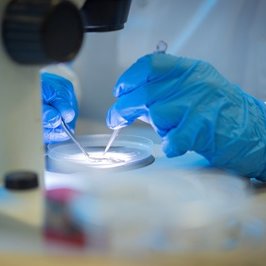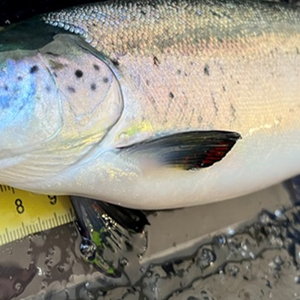INDIA - Fisheries board to call tenders for shrimp seed manufacturing facility soon
The National Fisheries Development Board (NFDB) is preparing to call tenders in a month for construction of facilities for the specific pathogen-free (SPF) shrimp seed (Penaeus monodon – black tiger prawn) multiplication centre at Mulapolam village in Srikakulam district of Andhra Pradesh.
The NFDB, a wing of the Central department of Animal Husbandry, Dairying and Fisheries, had already acquired 100 acre of private land for the purpose. The project is estimated to cost Rs 40 crore. After construction, the board would lease out the facilities to Hong Kong-based Moana Technologies, its technical partner, which produces and markets the shrimp seed.
According to NFDB chairman P Krishnaiah, shrimp culture in the country has reduced from 120,000 hectare to 90,000 hectare due to virus attacks. The new facility would have a production capacity of 3 billion seed a year, sufficient for cultivating shrimp in 30,000 hectare.
Krishnaiah told Business Standard that NFDB was also asking the state governments to draw up a marine policy to promote aquaculture. Plans to promote cage culture of fish for enhanced productivity and creating mass employment were delayed due to lack of marine policies that define the usage of open sea water and leasing of large tracts of water.
Cage culture encloses fish in a cage or a plastic basket that allows water to freely pass between the fish and the pond. It simplifies the harvesting and bring strips of ponds, lakes, rivers and others which otherwise could not be used for fishing into use. However, some states like Tamil Nadu have taken the lead in creating a draft marine policy. The board has circulated this draft policy to other states for framing respective policies on these lines with a view to transfer technologies from scientists to the users.
Cage culture has already been demonstrated in open seas at 14 places for sea-bass and other species by the Centre for Marine Fish Research Institute (CMFRI), Kochi. There are also sea-bass culture demonstrations in farmers’ fields by the Central Institute of Brackishwater Aquaculture. Sea-bass and cobia species are suited for cage culture as they grow up to 5kg. The idea is to use cage farming in large areas, say about 100 hectare, for large scale production of fish in the order of 300 to 400 tonne.
It costs about Rs 4,00,000 to build a 100 square-metre cage in addition to the feed costs. The success of cage cultivation, which is largely practiced in West Asia, also depends on the level of community participation. “We are working out a strategy to ensure that livelihood of the local fishermen community,” Krishnaiah said.
The board has set a target of 10 million tonne fish production by the end of the 11th Plan from the present 7.1 million tonne. The fish and allied market is valued at Rs 30,000 crore including Rs 8,000 crore export revenues. About 8 million people are dependent on fishing for their livelihood.
As part of its efforts to promote awareness on fish, NFDB is organising an Indian Fish Festival 2009 from July 11 to 13 in Hyderabad. It would display production, processing technologies, ornamental fishes, discuss business opportunities and the scientific developments.
Source: Business Standard - Krishna Mohan / Chennai/ Hyderabad










